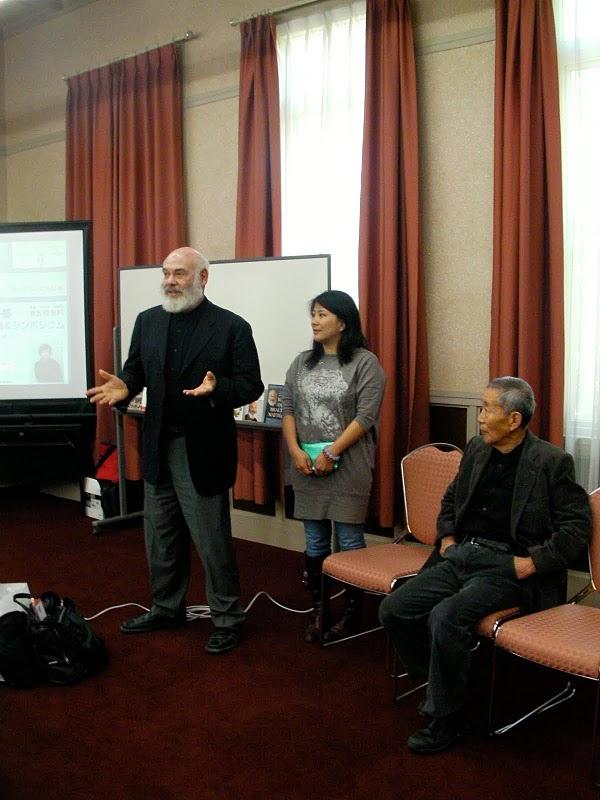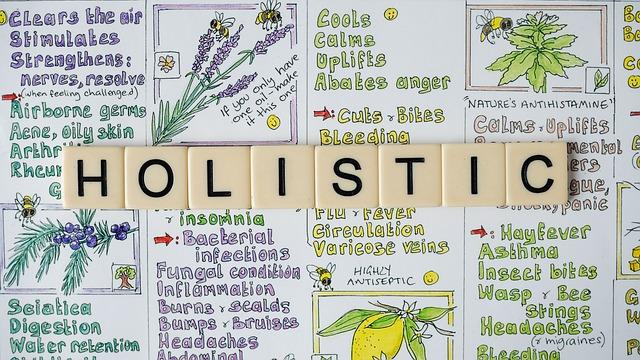In the ever-evolving landscape of modern medicine, the age-old debate between traditional and holistic healing methods continues to captivate both practitioners and patients alike. As science advances and cultures intertwine, the question arises: ? This exploration seeks to uncover the potential benefits and challenges of integrating these diverse approaches, offering a fresh perspective on the future of healthcare. By delving into the realms of ancient wisdom and contemporary science, we aim to illuminate a path toward a more harmonious and comprehensive medical practice.
Exploring the Intersection of Conventional and Holistic Medicine
As the healthcare landscape evolves, there’s a growing conversation about integrating holistic healing methods into traditional medical training. This approach considers the whole person—mind, body, and spirit—offering a more comprehensive view of health. Advocates argue that conventional doctors equipped with holistic techniques can enhance patient care by addressing underlying causes of illness, rather than just symptoms.
- Enhanced Patient Outcomes: Combining both methodologies can lead to more personalized treatment plans.
- Preventive Care: Holistic methods often emphasize lifestyle changes and preventive measures, which can complement conventional treatments.
- Patient-Centered Approach: A focus on the whole person can increase patient satisfaction and adherence to treatment.
However, there are challenges to this integration, such as differing philosophies and the need for additional training. Yet, as patient demand for holistic options grows, the potential benefits of a synergistic approach become increasingly compelling.

Understanding the Benefits and Limitations of Integrative Approaches
Integrative approaches in healthcare aim to combine conventional medicine with holistic healing methods to offer a more comprehensive treatment plan. Benefits of this approach include enhanced patient satisfaction and improved outcomes, as patients often appreciate having multiple avenues for healing. Additionally, it fosters a more personalized care plan, taking into account the mind, body, and spirit. This can lead to a more profound understanding of patient needs and potentially quicker recovery times.
However, there are also limitations to consider. Integrative methods can sometimes lack rigorous scientific backing, leading to skepticism among traditionally trained doctors. Moreover, the integration of diverse practices may result in logistical challenges, such as coordinating between different specialists and ensuring consistent patient records. There’s also the risk of over-reliance on alternative methods at the expense of proven medical treatments. Balancing these approaches requires careful consideration and a well-structured framework to ensure patient safety and efficacy.
 Holistic Techniques“>
Holistic Techniques“>
Training Traditional Practitioners in Holistic Techniques
Integrating holistic techniques into the repertoire of traditional practitioners can enhance patient care by offering a more comprehensive approach to health. By learning methods such as acupuncture, herbal medicine, and mindfulness practices, traditional doctors can address not only the physical symptoms but also the emotional and spiritual well-being of their patients. This fusion of methodologies can lead to a more personalized treatment plan that respects both modern science and ancient wisdom.
- Enhanced Patient Care: Combining traditional and holistic approaches allows for a broader understanding of health.
- Personalized Treatment: Tailoring therapies to individual needs can lead to better patient outcomes.
- Preventive Focus: Holistic techniques often emphasize prevention, potentially reducing the incidence of chronic illnesses.
Incorporating these techniques doesn’t mean abandoning conventional methods but rather enriching them. By embracing a holistic education, practitioners can become more versatile and responsive to the diverse needs of their patients.

Guidelines for Incorporating Holistic Healing into Medical Curricula
Integrating holistic healing into medical education requires a thoughtful approach to ensure a seamless blend of traditional and alternative practices. To begin with, curriculum designers should collaborate with both medical and holistic experts to develop a comprehensive framework that respects the rigor of scientific medicine while embracing the principles of holistic health. This can include:
- Interdisciplinary courses that explore the synergy between conventional treatments and holistic practices like acupuncture, meditation, and herbal medicine.
- Workshops and seminars led by experienced practitioners from diverse healing backgrounds, providing students with practical insights and firsthand experiences.
- Case studies that demonstrate successful integration of holistic methods in patient care, offering a balanced perspective on treatment options.
Moreover, educational institutions should foster an environment that encourages open dialogue and critical thinking. This can be achieved by incorporating discussion forums and reflection sessions where students can share insights and challenges faced in blending these approaches. By promoting a culture of curiosity and respect, future doctors can be equipped with the tools to consider all dimensions of patient care, ultimately leading to a more holistic healthcare system.





